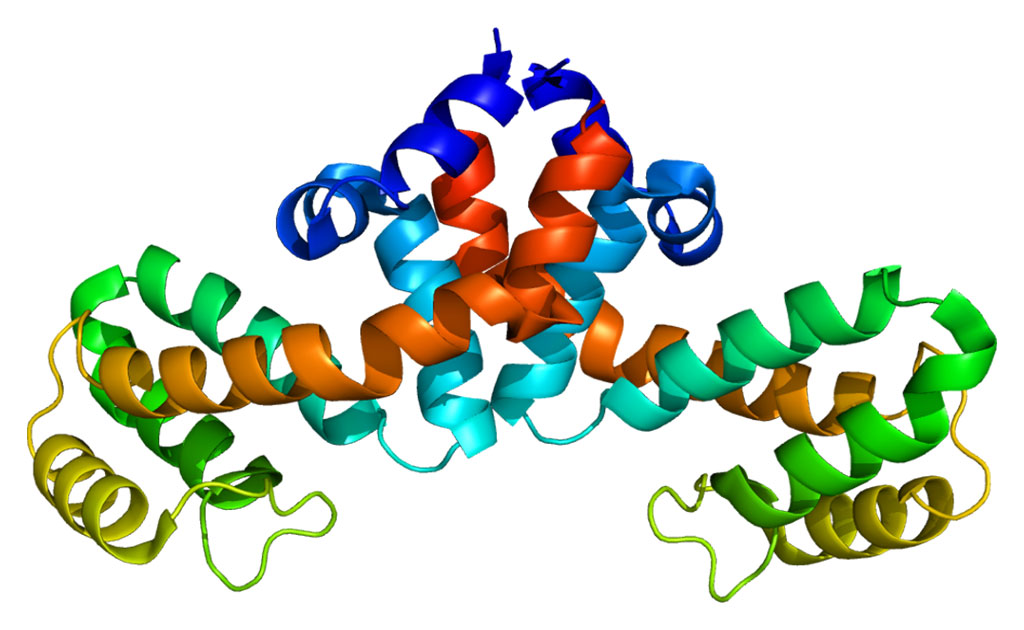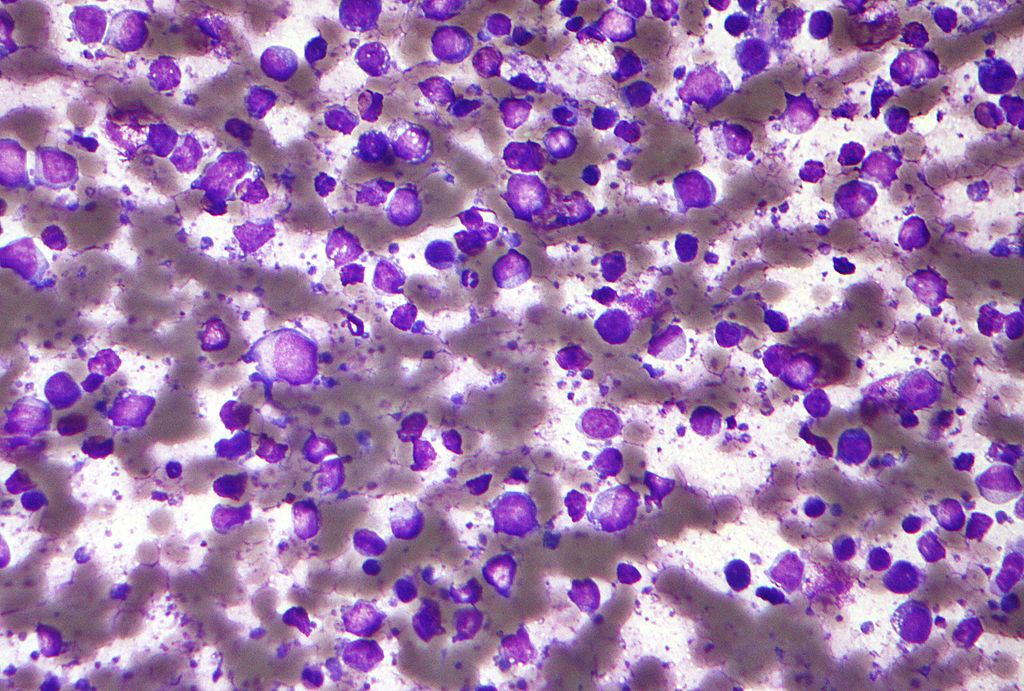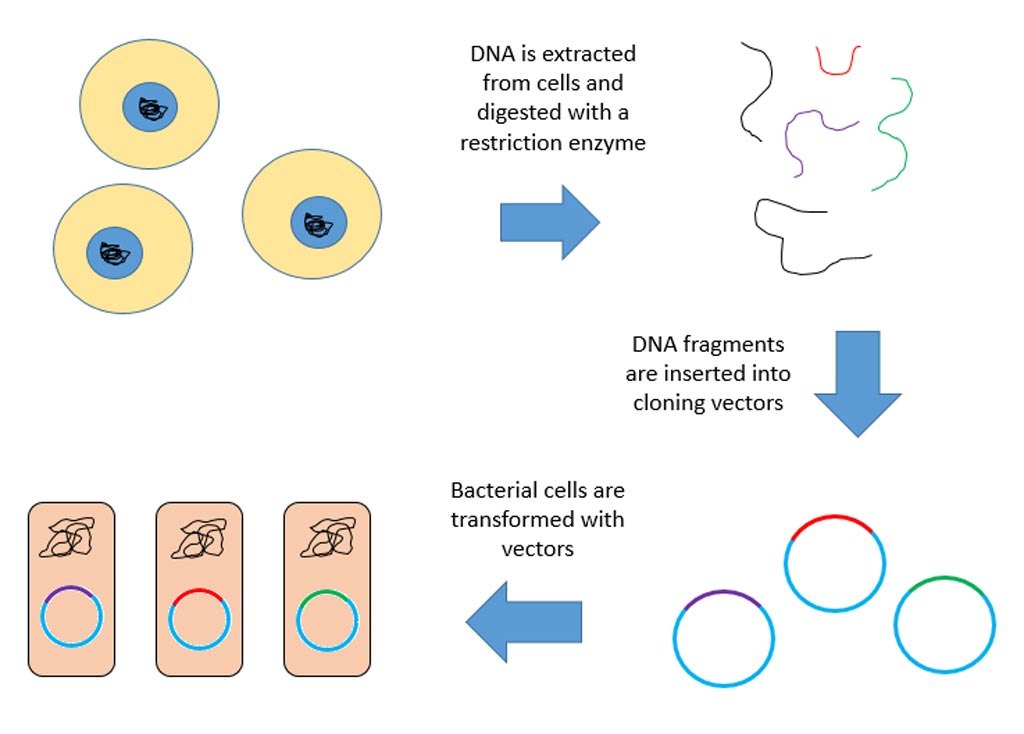Tetrabenazine Found Effective in Treating Mouse Model for Huntington's Disease
By Biotechdaily staff writers
Posted on 06 Aug 2007
Neurologists working with a mouse model for Huntington's disease (HD) have found that treatment with the dopamine pathway inhibitor tetrabenazine eased the symptoms of the disease and reduced loss of striatal neurons.Posted on 06 Aug 2007
Huntington's disease is an inherited fatal syndrome that causes progressive loss of cells in areas of the brain responsible for some aspects of movement control and mental abilities. A person with HD gradually develops abnormal movements and changes in cognition, behavior, and personality. HD is estimated to occur in the United States and most of Europe at a rate of about five cases per 100,000 people.
The gene involved in Huntington's disease (the HD gene) is located on the short arm of chromosome 4 (4p16.3). The end of the HD gene has a sequence of three DNA bases, cytosine-adenine-guanine (CAG), which is repeated multiple times. As CAG is the codon for glutamine, the CAG repeat is termed a polyglutamine (polyQ) expansion. A sequence of fewer than 36 glutamine amino acid residues is the normal form, producing a 348 kDa cytoplasmic protein called huntingtin (Htt). A sequence of 40 or more CAG repeats produces a mutated form of Htt, mHtt. The greater the number of CAG repeats, the earlier the onset of symptoms.
Investigators at the University of Texas Southwestern Medical Center (Dallas, USA) worked with the well-known YAC128 transgenic HD mouse model. In this study, they concentrated on the role of dopaminergic signaling in HD.
Results published in the July 25, 2007 issue of the Journal of Neuroscience revealed that in tissue culture glutamate and dopamine signaling pathways acted synergistically to induce elevated calcium signals and to cause apoptosis of YAC128 medium spiny neurons (MSNs). Whole-animal experiments showed that persistent elevation of striatal dopamine levels exacerbated the erratic motor behavior and MSN neurodegeneration in YAC128 mice. Treatment of the animals with the dopamine pathway inhibitor tetrabenazine, which promotes the early metabolic degradation of the dopamine, eased the motor behavior and reduced striatal cell loss.
"The drug can actually prevent brain cells from dying,” said senior author Dr. Ilya Bezprozvanny, associate professor of physiology at the University of Texas Southwestern Medical Center. "It is much more important than people thought. More research is needed to determine whether this protective effect might also be present in humans, and also whether at-risk people would benefit from the drug.”
Related Links:
University of Texas Southwestern Medical Center









 Analyzer.jpg)



